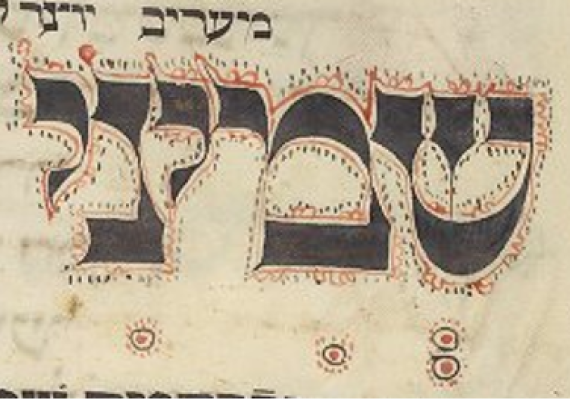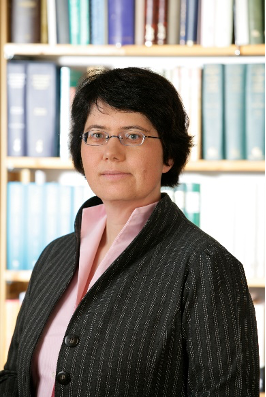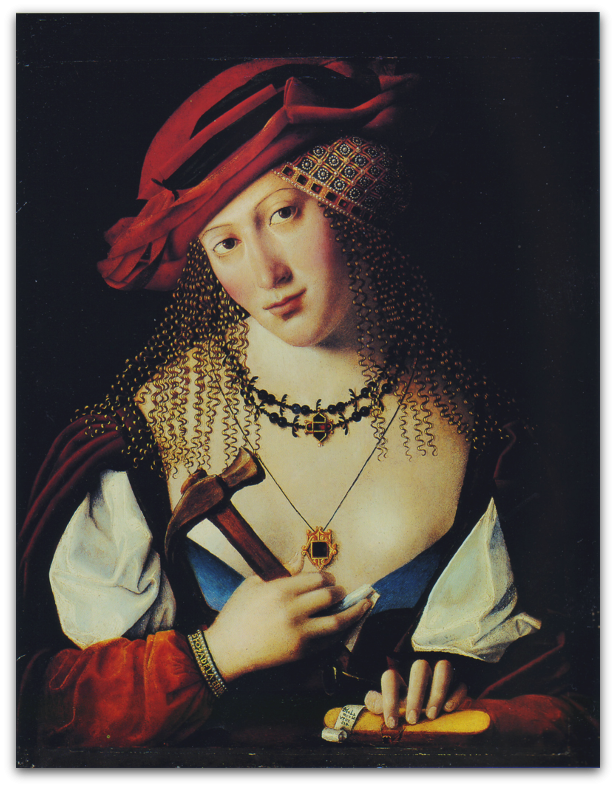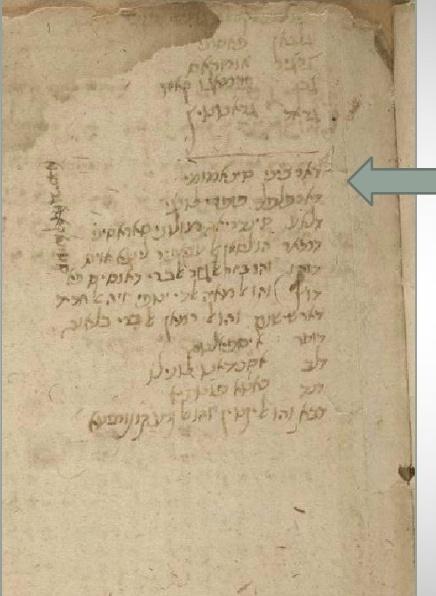In the Margins of a Medieval Jewish Prayer Book: The New SIMS-Katz MOOC
New edX course exploring a fourteenth-century Mahzor, from the Katz Center and the Schoenberg Institute for Manuscript Studies.

In Penn’s Libraries, one can find a particular battle-scarred volume. It is a large folio, rebound in old leather, damaged by fire, with margins cut, pages torn out, others stolen but then replaced, marked by a few clever patches to the parchment. There are marginal notes in a variety of inks and handwritings representing many generations of readers and amenders. It is a late thirteenth–early fourteenth-century Mahzor, or Jewish prayer book for the high holidays, originating from the German Rhineland. (CAJS Rare MS 382).

Here to guide us deftly through the work’s fascinating history is Elisabeth Hollender, Professor of Jewish History at Goethe University of Frankfurt am Main, Germany. Hollender is drawn to the work not for its fancy illumination (indeed it has none) or its unusual historical value, but rather for its very well-used everyday-ness. She wants to know what this old liturgical text can tell us about one unremarkable Jewish community that used, valued, and adapted and it over centuries.
Hollender’s observations are gathered in her online mini-course about the prayer book:
 In the Margins of a Medieval Jewish Prayer Book: What Can Physical Manuscripts Tell Us about History?
In the Margins of a Medieval Jewish Prayer Book: What Can Physical Manuscripts Tell Us about History?
The course is the fruit of a long partnership between the Katz Center and the Schoenberg Institute for Manuscript Studies (SIMS) at Penn. Hollender is the fourth SIMS-Katz Distinguished Fellow, in a program that pairs a scholar of international renown with one of the rare manuscripts in Penn’s libraries. She delivered a lecture on the manuscript in 2019, and her findings are preserved for posterity in the form of this open access mini-course.
The course is a case study of how a particular manuscript can provide historians with vital insights about Jewish communal life, help us map cultural change and continuity in the Middle Ages, and reveal the history of the physical object itself.
The course asks the following questions (and more):
- How can we locate a particular manuscript within a larger liturgical tradition?
- What sorts of information can be gained about a community by looking at a manuscript as a physical object?
- What do manuscripts tell us about the experience of medieval Jewish liturgical practice?
- What physical changes to manuscripts present problems and opportunities for interpretation?
Free and available to anyone with an internet connection and email, the MOOC (massive open online course) is produced by SAS Online learning, and hosted through edX.org.
For others in the series, including treatises on medieval Jewish medicine, Renaissance exploration, and Italian architecture, click here.
Come and learn.


